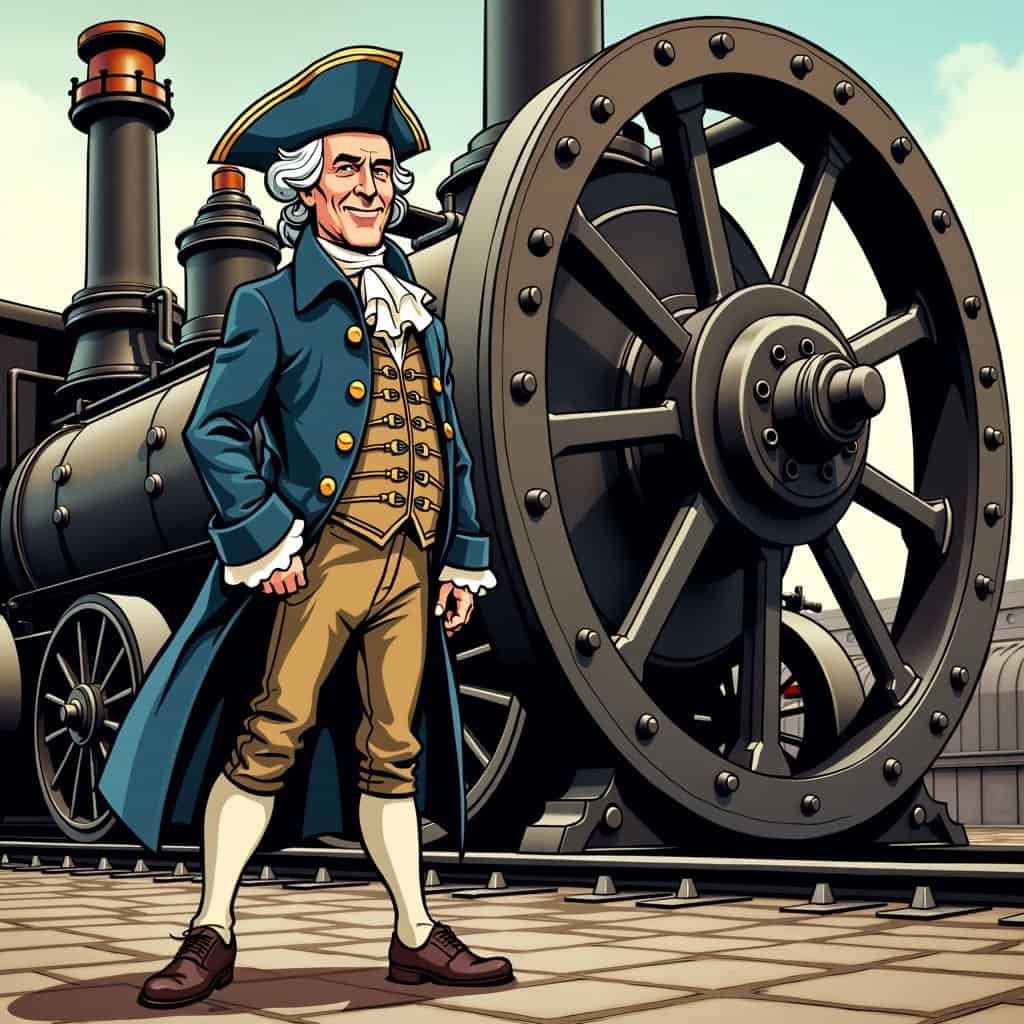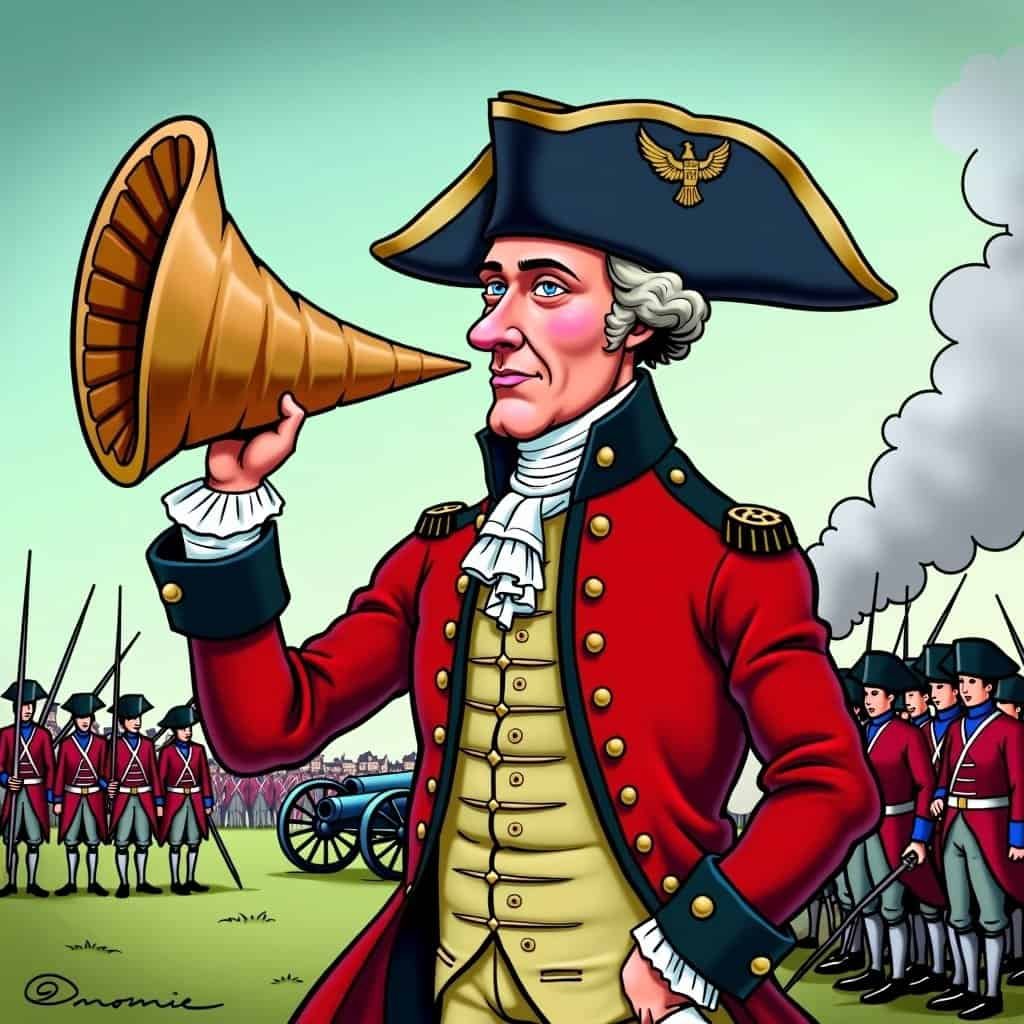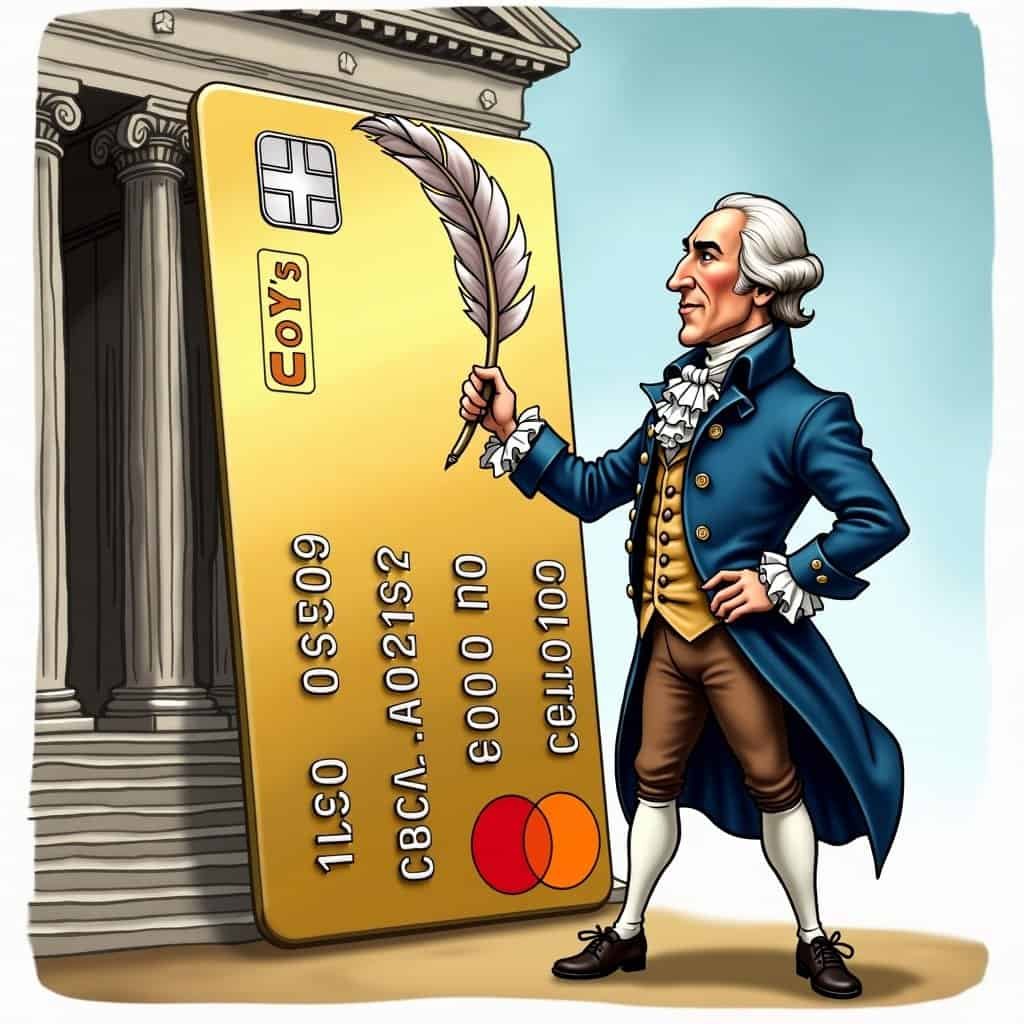It’s a curious irony that Alexander Hamilton—a man Broadway fans know for his ambitious nature—lends his name to America’s industrial revolution. As the original mastermind behind our nation’s industrial policy, an idea that might make modern liberals giddy, Hamilton’s conservative principles quietly shaped the foundation of our market-driven economy today. While he wasn’t exactly slashing social programs left and right, his policies had one clear goal: enabling individuals and businesses to thrive without excessive government meddling.
Let’s take a trip back to Hamilton’s “Report on Manufactures” in 1791. This wasn’t some convoluted academic paper designed to baffle readers into agreement. Instead, Hamilton laid out a straightforward case for robust, competitive development within American industries. What was his grand plan? To foster economic independence, decrease reliance on foreign imports, and build a skilled workforce right here in the U.S. While today’s liberal economists might chase lofty ideals of equality at the cost of efficiency, Hamilton focused on creating opportunities and rewarding merit—a framework many conservatives still applaud today.
Hamiltonian Principles: A Conservative Blueprint
Some might argue that Hamilton’s ideas flirted too closely with centralized control, but let’s not fool ourselves. The concept of tariffs on foreign goods wasn’t about giving government a chokehold on trade; it was about giving American manufacturers a fair chance to shape the growing economy. Think of it as a preemptive “shield” for our domestic players—a policy that fits nicely with today’s calls for reducing dependence on overseas supply chains. What could be more patriotic than that?
Hamilton’s Economic Vision vs. Modern Liberalism
| Hamilton’s Approach | Modern Liberal Approach |
|---|---|
| Fostering competition | Emphasizing equality |
| Limited government intervention | Extensive government programs |
| Economic independence | Global interdependence |
| Meritocracy | Equal outcomes |
Meanwhile, across the political aisle and through the layers of history, you wouldn’t find Hamilton pushing for a dreamy safety net. No sir. He grasped the fundamental conservative belief: government should spark growth, not become a crutch. His vision respected people’s ability to innovate and build—values that resonate with today’s conservative calls for cutting red tape and letting markets work their magic.
Hamilton’s Legacy vs. The New Deal
Now, dust off those “New Deal” history books (tongue firmly in cheek), and you’ll see where certain progressive paths split off. FDR might have borrowed bits of Hamilton’s industrial ideas, but instead of encouraging competition, the federal machine started looking more like an overprotective parent. Unlike Hamilton, Roosevelt leaned into policies that not only encouraged dependence but also piled inefficiencies onto our economy. Anyone fancy a serving of 20th-century bureaucratic stew?
Hamilton’s legacy lives on in conservative principles that champion limited government involvement. Tariffs weren’t the end goal—they were strategic steps, ensuring business owners had enough runway for takeoff while workers buckled up for upward mobility. It’s not a stretch to say these ideas planted the seeds for Reaganomics centuries later. Cutting marginal tax rates feels like a Hamiltonian whisper—encourage reinvestment, grow industries, and—presto—the prosperity pie starts baking.
Addressing the Inequality Question
But hold on, let’s tackle the inevitable “what about inequality?” from our friends in left-leaning circles. Inequalities show a moment in time, not a deliberate problem caused by policy. As conservatives, we recognize that rising tides lift all boats; Hamilton, much like us, grasped this concept. By reducing dependence and backing private enterprise, everyone benefits, regardless of those who misread history through a progressive lens.
So as we ponder Alexander Hamilton—the red, white, and blue pioneer of America’s industrial identity—let’s remember the inherent wisdom in conservative restraint. Empower people to create, innovate, and compete; then watch freedom bloom in bigger paychecks, stronger industries, and global economic clout. Not too shabby for a guy immortalized in song and remembered for a duel, right?
Table of Contents
- Hamiltonian Principles: A Conservative Blueprint
- Hamilton’s Legacy vs. The New Deal
- Addressing the Inequality Question






